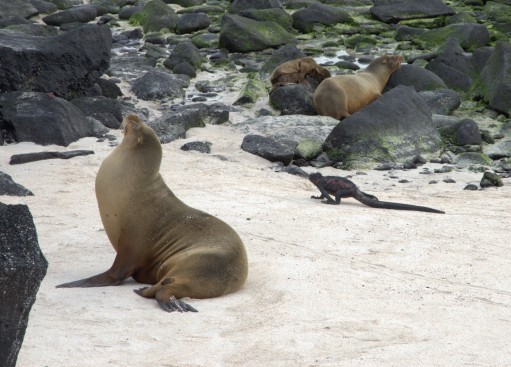
(December 3) Española is the oldest and southernmost of the islands. It is small, harsh and dry with no human inhabitants but a lot of wildlife.

Española is known for its “Christmas iguanas,” marine iguanas that develop bright red markings during the mating season. In early December they are just starting to turn red.
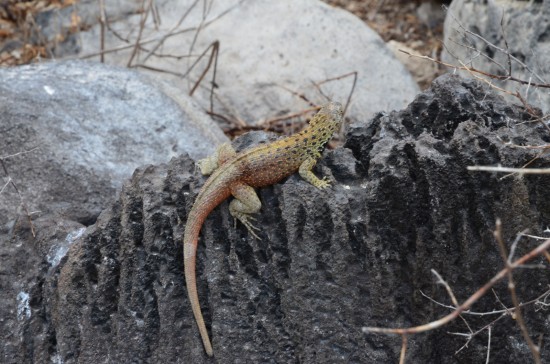
The local lava lizards are also colorful.
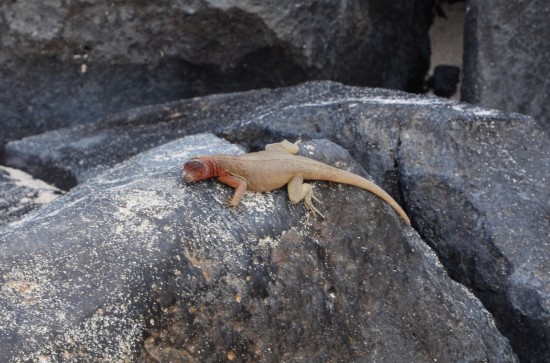
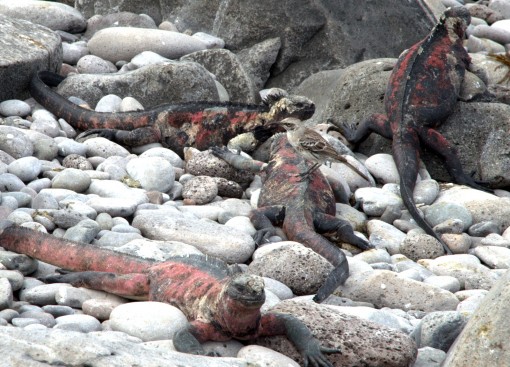
The Darwin’s finch follows the symbiotic practice of eating parasites off of iguanas and giant tortoises. After it has finished eating it will poop on the host to warn other finches that there is no more food to be found there.
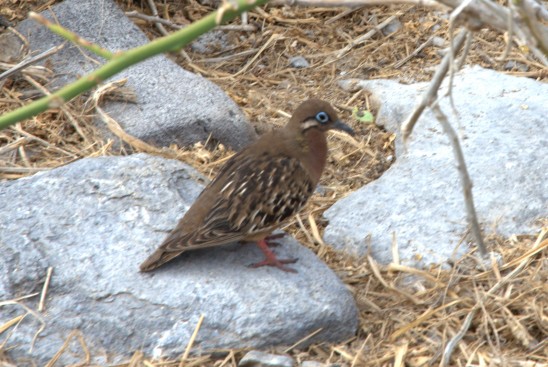
The Darwin’s finch has a less co-operative practice that has earned it the name “vampire finch.” During the dry season it will peck at nesting seabirds and drink their blood.
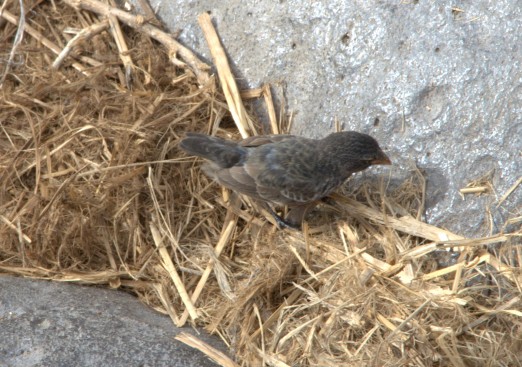
Another finch with a different kind of beak.

Because there are only a few types of land birds in the Galápagos, finches have moved into environmental niches that are normally occupied by other birds on the mainland. When Charles Darwin observed this it was a major clue in developing his theory of natural selection.
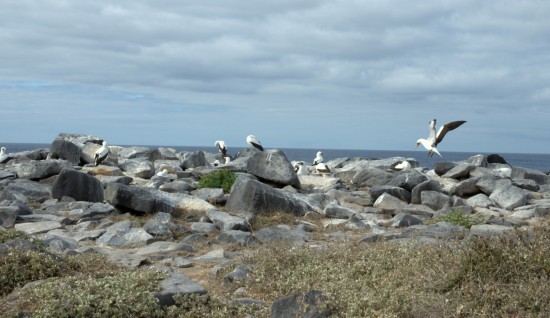
Nazca boobies nest on the rocks overlooking the sea.

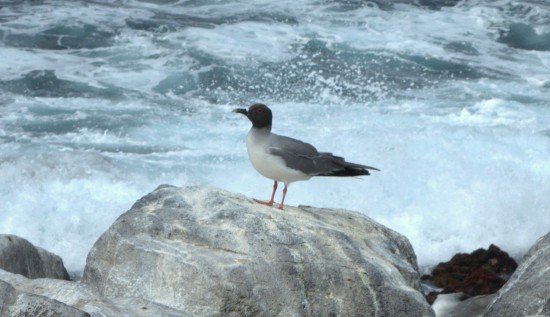
A swallow-tailed gull.
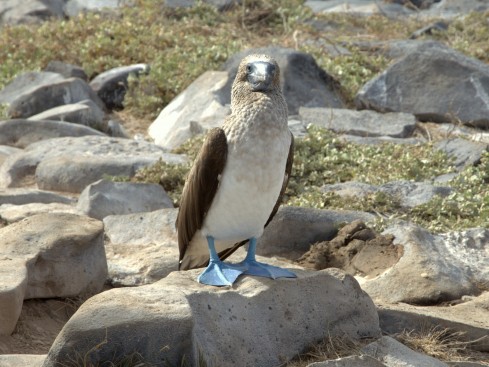
A blue-footed booby (obviously.)
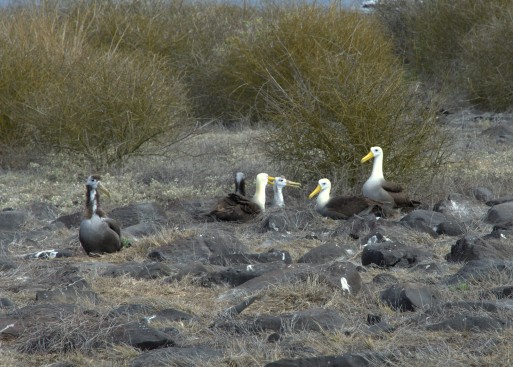
Albatrosses prefer to take off by jumping off a cliff into a stiff headwind. Thus they naturally choose to nest on flat areas behind sea-cliffs.
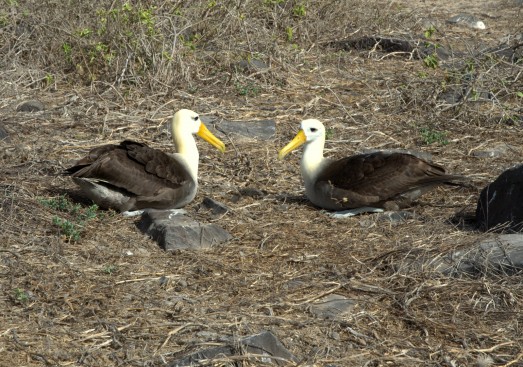
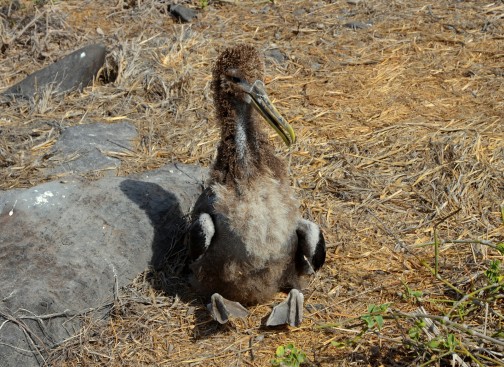
A large albatross chick.
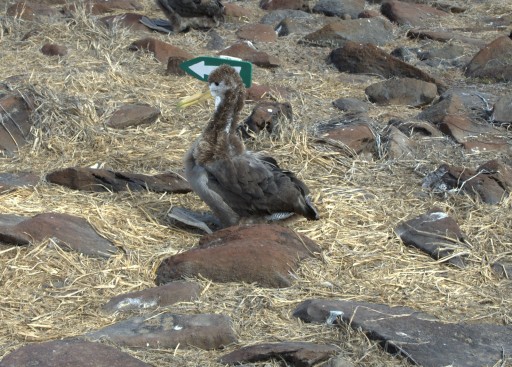
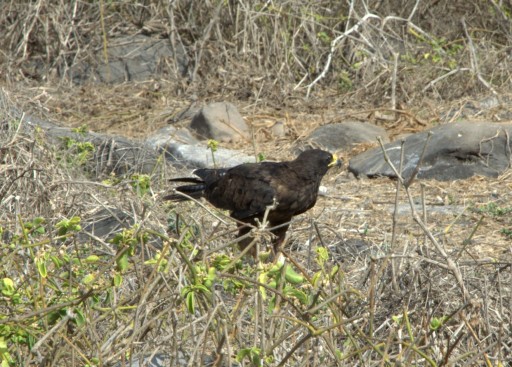
A Galápagos hawk eyes the chicks but they are either too large or two well-defended.

These hawks are the islands’ largest native land predator. They can even eat full-grown iguanas which are too large to carry off. (They land on the lizard’s back, peck out the eyes to keep it from escaping, turn it over, rip open the belly and eat the liver.)

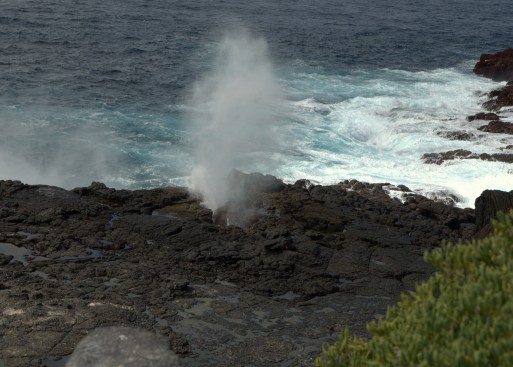
The “Blowhole” is a crevice that causes waves to shoot high into the air.
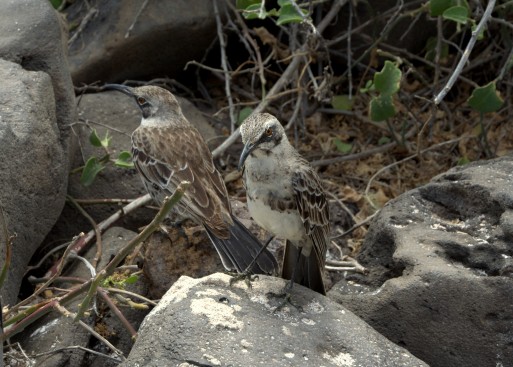
These mockingbirds followed us begging for water but we weren’t allowed to give them any.
Española Island, Galápagos
Comments Off on Española Island, Galápagos

